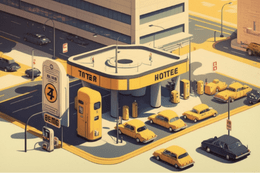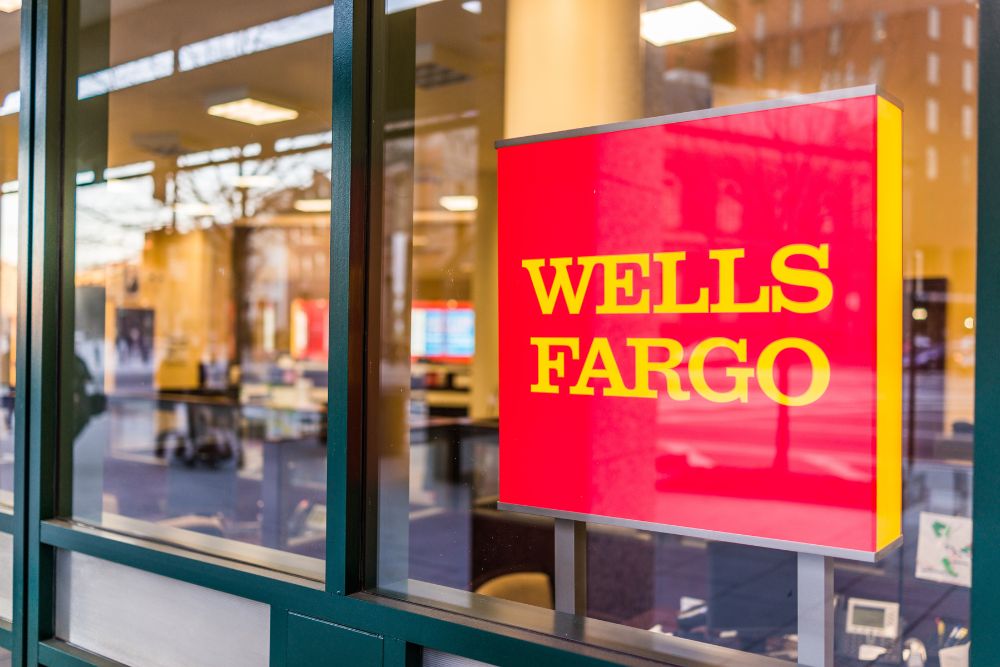Secure the necessary funding to kickstart or expand your business.

SMB owners and young entrepreneurs looking to grow their businesses can rejoice. A multitude of inexpensive or even free loans, grants and various other government programs are currently available to them. You may be able to leverage these programs to bring in extra cash for your small business. To get started, search online for federal stimulus or government grant programs.
In fact, even if you don’t plan to grow your SMB, you should know that the purpose of these programs is to compensate for the financial losses you probably faced due to the pandemic. In any case, an application for assistance is worth making, as there is usually no obligation to repay.
“Although some conditions may be applied to how you spend it, it’s best to never miss out on free money,” said Zara Muricha, certified public accountant at Financial Consulting LLC. “Search online to find out which loan or subsidy programs are available to your SMB.”
General Grants for SMB
Grants are not just from the government. There are also non-profit organizations and mainstream corporations that provide money to SMBs that meet specific requirements. Business Warrior’s small business loan program, for example, awards loans of between $5,000 and $50,000, with really low rates, to small businesses that are struggling to get a loan from traditional banks[1].
Also citing:
- GoFundMe Small Business Relief[2];
- Dream Big Awards[3];
- National ACE’s Small Business Digital Ready Program, and[4];
- Walmart Local Community Grants[5].
Most of the above programs’ awards or lots vary from $250 to $25,000. The application process involves only a few qualifying actions, such as completing a form or taking an online course.
Government Contracting Assistance Services
Every year, the U.S. government spends several billion dollars on public expenditures. A significant portion is spent on contracts for goods and services with third-party companies. Construction of federal buildings, for example, is done by building contractors. To a lesser extent, local contractors are used to hold political events and conventions. Small and medium-sized businesses can try to bid on such contracts but are usually displaced by more prominent, more effective firms.
Some government programs have made the playing field a little more level. For instance, the U.S. government allocates three percent of its total contracts to organizations run by disabled veterans[6]. Similar programs have been set up for small businesses owned by women and socially or economically underprivileged individuals.
Federal Stimulus Assistance
Chances are you’ve already gotten this one. In March 2021, President Biden signed an unprecedented $1.9 trillion aid package called “Covid-19”[7]. The plan results in immediate payments worth up to $1,400 to eligible individuals. It also provided $300 per week in unemployment insurance supplements. Finally, the plan funded the deployment of vaccines in the United States, as well as money for housing assistance and utilities.
“On a purely technical level, the Federal Stimulus Aid was not directed at SMBs,” said Muricha. “However, nothing specified what you were supposed to do with the money. In fact, you could have used it to invest in your own business.”
In case you didn’t get paid in 2021, find out why on your IRS.gov account. You might be able to still get it[8].
Industry-Specific and SMB Diversity Awards
Some grants are targeted to selected industries or specific minority demographics. If, for example, your online craft boutique on Etsy was hit hard by the pandemic, you may wish to submit an application to the Etsy Emergency Relief Fund established by CERF+, a non-profit organization devoted explicitly to assisting artists[9].
Other examples include Amazon’s Black Business Accelerator Program, designed to support black Amazon sellers[10]. It offers financial support, subsidies, mentoring, ad credits, and promotional services.
In addition, specifically, non-profit grants exist for:
- Women entrepreneurs[11];
- Members of the LGBTQ2+ community[12];
- People of color[13];
- Commercial vehicle drivers[14];
- Restaurant owners, and[15];
- Even jewelry designers[16].
Regardless of your small business’s area of operation or your personal history, it does pay to scour the web for low-cost grants or loans that can help take your business to another level.
Subsidies from the government
Many government grants are targeted to specific populations. For instance, if you have been sentenced to prison, are female and belong to a minority group, or live in an underprivileged area, there are funding opportunities available to you. Some grants are aimed at helping small businesses, while others are centred on education.
“As with most grants, no money is required to be repaid,” Muricha said.
The government recognizes that this is an investment in people, with the hope that your small business will thrive and invigorate the local economy[17]. In addition, the official Grants.gov page will guide you in finding which grants are worth applying for[18].
Facilitating Natural Resource Sales Initiative
You may be eligible for federal funding if you are involved in the natural resources industry. Here are the categories covered in the Small Business Association’s Natural Resource Sales Assistance Program:
- Strategic materials;
- Wood and other forest products;
- Surplus real and personal property;
- Leases involving mineral, coal, oil and gas rights, and;
- Royalty oil.
This program establishes set-asides to ensure that SMBs receive their fair cut of government leases or sales. They are asked to bid on the set-asides in advance of competition from the major corporations on the open market. More information is available at SBA.gov to see if your company qualifies and to find ways to benefit from this program[19].
Disclaimer : All loans and credit cards are subject to credit and underwriting approval. ConsumersAware.org is an information blog and a search platform, not a lender. ConsumersAware.org only works with advertiser partners and networks that comply with laws and regulations of Canada, United Kingdom, United States, Australia, and New Zealand. Credit cards range from $500 to $50,000 with Annual percentage rates (APRs) range from 12.5% to 19.9% and depend on the assessment of your credit profile. Loans range from $500 to $250,000 with terms ranging from 12 months to 60 months or more. Loans APRs range from 5.99% to 29.8% and depend on the assessment of your credit profile. For example, for a $7,500 loan paid monthly over 24 months, a person would pay $332.40 per month for a total of $7,977.60 over the course of the entire loan period.








